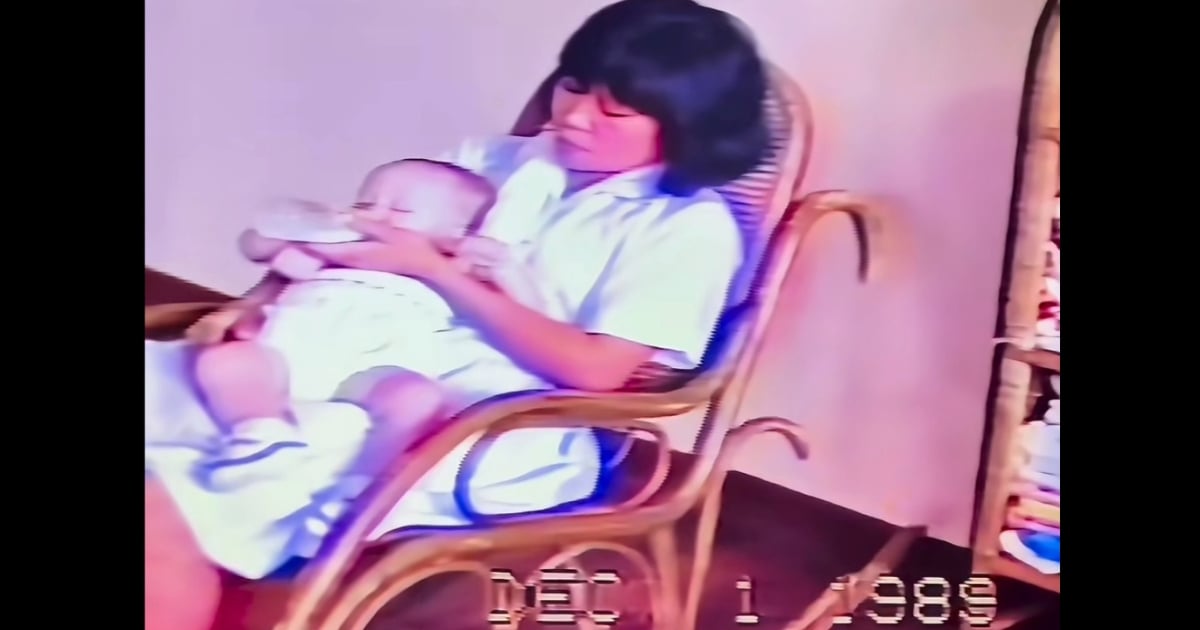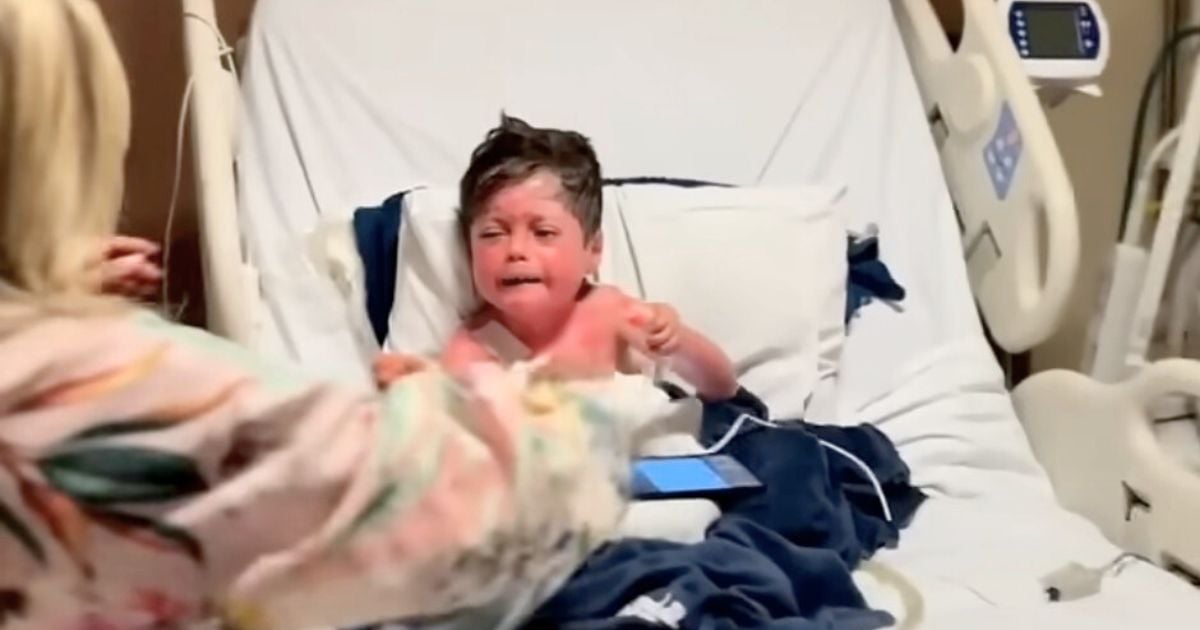Maria’s doctors told her and her husband, Augusto Santa Maria, that, at ten weeks, their baby had a condition and might not survive long after he is born.
The doctors diagnosed her baby with exencephaly.
“Exencephaly is where the brain is outside of the skull, and it’s usually only covered by a thin layer of skin made up of one or two cells,” Dr. Tim Vogel, chief of pediatric neurosurgery at North Jersey Brain and Spine Center, told Fox News. “There’s just enough protection of the brain, but it’s usually not functional. Cases… are not survivable.”
The doctors recommended to Maria and Augusto to abort the baby since he was going to die shortly after birth.


Maria and Augusto struggled with the decision but, in the end, they knew what they had to do.
“I was never for abortion but we were for considering [it],” Maria shared. “It was always a battle back and forth. I was always researching… I decided even if I could be with him for even five minutes, it would all be worth it.”
After they made that decision, they had to prepare their three daughters for what to expect and pray for their baby brother’s first and last day.


The entire family, Maria, Augusto, and their three girls were present in the delivery room because they don’t really know how long their baby will live.
They named him Lucas.
He was born on March 7, 2019 at 35 weeks with much of his brain unformed. He had no skull above his eyebrows and ears, roughly the area where a baseball cap would rest.
The doctors told the Santa Maria family that Lucas will most likely only have a day to live. They handed them a list of funeral homes and advised them to make arrangements.


But the unthinkable happened.
Lucas’ stats started to stabilize.
“As the hours went by Lucas showed how much of a warrior he really was – he was eating, going to the toilet and breathing completely by himself,” Maria shared.
The doctors were shocked! In fact, Lucas showed stable signs of improvement that the doctors allowed the Santa Maria family to take him home.


But Maria and Augusto didn’t want to risk it just yet.
“What he had on his head was a big balloon, like twice the size of his head,” Maria explained. “If that ruptured, it was a big emergency. We couldn’t handle him like that. We asked what other options we had, and that’s when [the doctor] came in and started explaining to us the surgery … And as soon as he started talking about that, we knew it was the route we wanted to take.”
That’s when they met Dr. Tim Vogel.


Dr. Vogel already learned about their situation when Maria was still pregnant from neonatologist Anne-Lise Jacobsen, who was counseling the Santa Maria family through it. Vogel recommended a palliative surgery that would stabilize the boy’s condition so they could take him home to die.
During the surgery, he planned to drain the fluid from the sac, remove any malformed brain and skin, and try to cover the open portion of the baby’s skull as much as he could.
Some of the hospital staff thought the surgery might just give Lucas unnecessary suffering.


But Dr. Jacobsen thought it was a good idea, as long as the Santa Maria family knew and understood the risks.
So, on March 11, 2019, Dr. Vogel performed a six-hour surgery on Lucas. And what he found was definitely encouraging for any surgeon.
Lucas’ brain stem was intact and explains why he could eat and breathe on his own. Half of the cerebral cortex was badly damaged and needed to be removed carefully. The rest of the cortex was underdeveloped but wasn’t damaged. He was also able to preserve the four major arteries that ran across his brain. And he found enough dura to cover his brain.
Dr. Vogel and Dr. Jacobsen didn’t have high hopes that Lucas would survive the surgery. So imagine their surprise when, not only did Lucas survive the surgery but, Lucas also started breathing on his own.


One week later, Maria, Augusto, and Lucas’ sisters were able to take him home.
And do you know what? Seven months later, Lucas is still alive.
Everyone in the family is in love with him, including his three big sisters, who even wrote a song for him. Bone started to grow on the right side of his head and he may be eligible for a bone graft next year.
Dr. Vogel said that he can perform future surgeries on Lucas to help with his development but will have to time it well.
“I don’t want to interrupt Lucas’ neurodevelopment — he’s on the same path that a child his age would normally be,” Vogel explained. “We intervene with the best intentions and then possibly delay someone’s recovery — I don’t want to stunt his growth or neurodevelopment.”


Dr. Vogel said Lucas’ story was a story of hope and he hopes other people will see their story as inspiration.
That was Maria’s intention as well. They weren’t looking for handouts because they have health insurance. They wanted to share their story because they want people to make grave medical decisions with care. If they had their first doctor’s advice, there wouldn’t even have a baby to give birth to.
But Maria knew she had to fight for her baby and it turned out her baby wasn’t going to give up, too.
“He always did more than they were expecting him to do,” Maria said. “We just keep hoping for the best.”
Please SHARE this with your friends and family.















